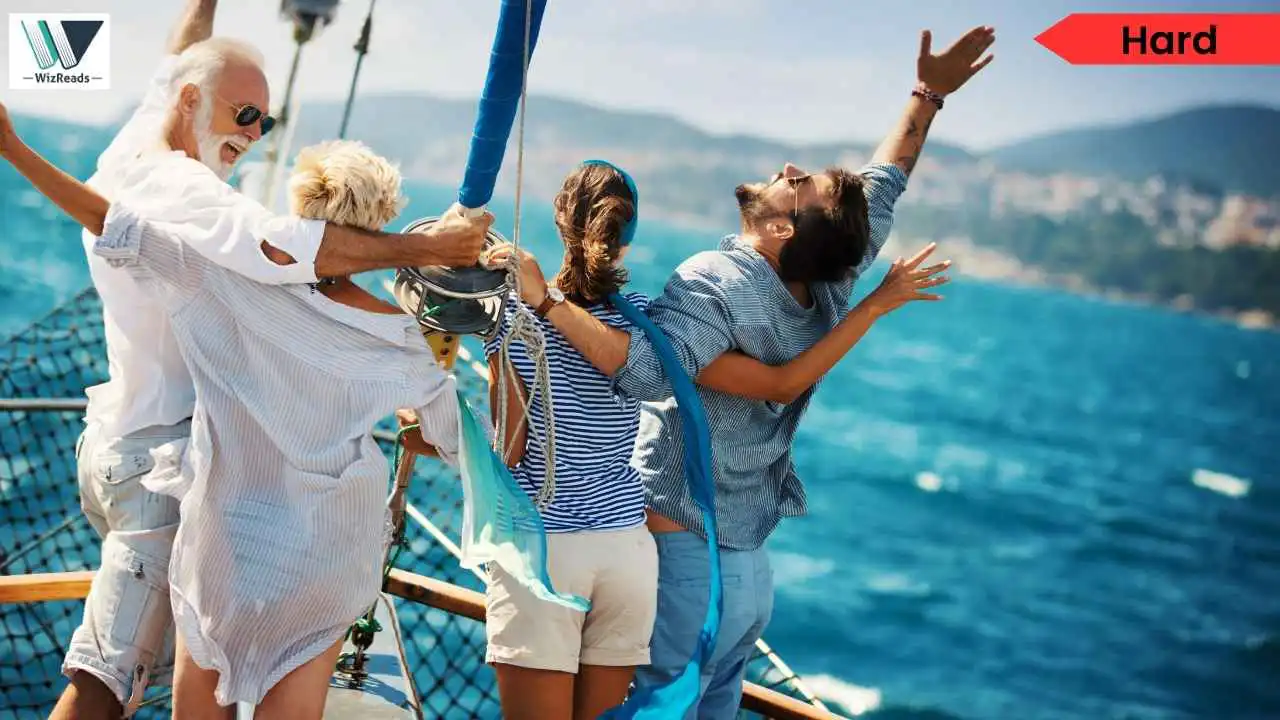
Newsletter Subscribe
Enter your email address below and subscribe to our newsletter

Enter your email address below and subscribe to our newsletter

Is bigger always better in the cruise industry? Compare pre-pandemic growth patterns with post-pandemic possibilities in these thought-provoking reads. Our challenging passages investigate how the pandemic has revealed stark contrasts between volume-focused business models and potentially more sustainable alternatives.
Read these hard passage(s) and answer the question(s) that follows. You can choose the GMAT style Reading Passage and the question or the GRE RC variant and answer the GRE-style question. Even better, you could solve both.
The cruise tourism sector, historically operating with minimal regulatory oversight despite documented ecological and sociological externalities, encountered unprecedented disruption when the COVID-19 pandemic forcibly reoriented public perception toward its operational vulnerabilities. Pre-pandemic cruise tourism demonstrated remarkable economic trajectory, with passenger volume exhibiting a 110% increase from 10.6 million in 2004 to 22.3 million in 2015, concurrent with vessel capacity expansion from 3,500 to exceeding 6,000 passengers. This growth pattern reflected a business paradigm predicated on distinct competitive advantages: operational cost efficiencies through economies of scale, multi-jurisdictional itineraries circumventing singular regulatory frameworks, and comprehensive pricing structures facilitating revenue concentration and predictability.
In contrast, the post-pandemic landscape presents a fundamentally reconstituted operational environment. Heightened epidemiological awareness has precipitated a substantial recalibration of consumer risk assessment parameters, while regulatory authorities have instituted comprehensive prophylactic protocols governing operational methodologies. Unlike the pre-pandemic regulatory ecosystem characterized by industry self-governance, governmental intervention has intensified substantially, exemplified by public health agencies conducting controlled experimental voyages to empirically evaluate prophylactic measure efficacy. This regulatory transformation mirrors broader sociopolitical reevaluation of previously uncontested commercial practices. Despite these constraints, forward booking metrics exhibit counterintuitive resilience—partially attributable to voucher redemption dynamics and cancellation policy liberalization—though international operations encounter more substantial impediments than domestic equivalents.
The industry consequently confronts a fundamental strategic dichotomy: whether to pursue reversion to pre-pandemic operational paradigms prioritizing volumetric expansion and regulatory minimalism, or embrace a transformative approach incorporating enhanced prophylactic standards, environmental stewardship, and sustainable growth trajectories acknowledging both economic benefits and socioenvironmental consequences of cruise tourism proliferation.
The passage describes the economic advantages of cruise operations including “operational cost efficiencies through economies of scale,” “multi-jurisdictional itineraries,” and “comprehensive pricing structures facilitating revenue concentration and predictability” in the pre-pandemic context but does not indicate any change to these fundamental economic advantages in the post-pandemic environment. While the passage explicitly identifies changes in regulatory oversight, consumer risk awareness, international versus domestic viability, and booking policies, it makes no mention of any alteration to the core economic advantages of centralized shipboard activities. Since this fundamental business model aspect is not presented as having changed, it is the exception in the list.
Correct Answer: Choice (3)

Cruise tourism stands at a pivotal moment following the pandemic pause, revealing stark contrasts between past practices and future possibilities. Before COVID-19, the industry pursued relentless expansion, with ships growing from 3,500-passenger capacity in 2006 to massive vessels accommodating over 6,000 guests. This growth model prioritized economies of scale and profit maximization while often relegating environmental concerns to perfunctory sustainability reports and token initiatives. Port communities experienced ephemeral economic benefits but endured substantial impacts – from overcrowded historic districts to coastal ecosystem degradation.
The pandemic-enforced hiatus, however, provided an inadvertent experiment in alternative tourism models. Destination cities like Venice and Dubrovnik witnessed environmental rejuvenation as massive ships disappeared from their harbors. Local businesses, while initially struggling with the absence of tourist dollars, began developing products and experiences catering to smaller numbers of longer-staying visitors rather than brief cruise excursions.
As cruise operations resume, the industry faces a consequential choice between reverting to the volume-focused pre-pandemic model or embracing a more measured approach. True transformation would require not merely cosmetic adjustments but fundamental reconsideration of vessel size, visitor-to-resident ratios, length of port stays, and equitable economic distribution with host communities—changes increasingly demanded by both environmentally conscious travelers and destination stakeholders.
The passage begins by introducing a theoretical framework about how digital ecosystems evolve differently across markets based on adoption patterns. It then specifically applies this theory to explain India’s current digital transformation, including the Tata Group’s planned super app. The passage follows a clear “theory first, application second” organizational structure.
Correct Answer: Choice (A)